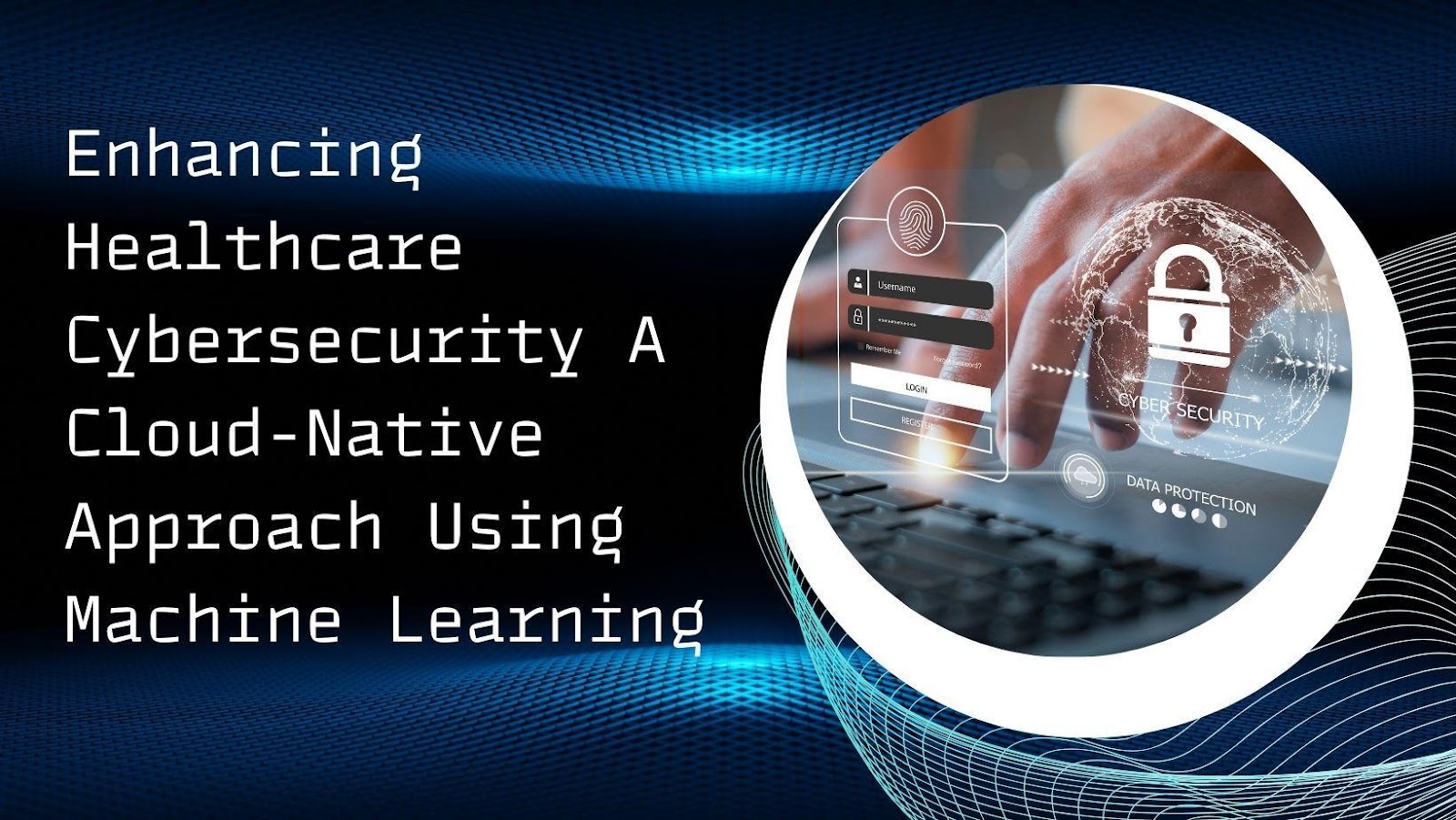In this modern era, healthcare organizations face escalating cybersecurity challenges as they transition to digital systems. The increased digitalization of healthcare services, including electronic health records (EHRs) and connected medical devices, has expanded the attack surface for malicious actors. Venkata Jagadeesh Reddy Kopparthi discusses integrating machine learning-based threat detection systems with cloud-native frameworks, focusing on how AWS services can help healthcare organizations enhance their security posture while ensuring compliance with stringent regulations.
The Growing Need for Advanced Security in Healthcare
Healthcare organizations are prime targets for cyberattacks due to the sensitive nature of patient data and the increasing complexity of digital systems. Traditional security measures, such as perimeter defense and signature-based detection, are insufficient against modern cyber threats. Consequently, healthcare organizations are adopting advanced security solutions, particularly machine learning (ML)-driven threat detection, to stay ahead of cybercriminals.
Machine learning models excel at identifying complex patterns and anomalies in real-time, enabling faster detection of emerging threats that traditional systems miss. These models improve threat detection accuracy, reduce false positives, and enhance response times, making them essential for modern healthcare cybersecurity.
Leveraging Cloud Computing for Scalable Security
Cloud computing has transformed cybersecurity, offering healthcare organizations scalable and cost-effective solutions to enhance their security infrastructure. With services like Amazon SageMaker, GuardDuty, and Macie, AWS provides the computational power and flexibility needed to deploy advanced machine-learning models while maintaining efficiency.
Cloud platforms enable healthcare organizations to process large amounts of data, such as EHRs and device logs, without compromising performance or security. AWS services facilitate the integration of machine learning models for threat detection, providing scalability and real-time capabilities to secure healthcare environments. These solutions ensure compliance with regulatory requirements, such as HIPAA, while strengthening protection against cyber threats.
Machine Learning in Threat Detection: Real-Time and Predictive Insights
Machine learning is central to the proposed threat detection framework, using supervised and unsupervised algorithms to identify anomalies and predict security breaches. These models analyze data from multiple sources, including network traffic, medical devices, and user behavior, to detect early signs of cyberattacks.
By combining machine learning algorithms, the system improves detection accuracy and minimizes false positives. Deep learning models excel at recognizing subtle patterns in network activity that may indicate a threat, even if previously unseen. Predictive analytics enhances the system further, using historical data to forecast potential security incidents and providing proactive defenses against emerging threats.
AWS Security Services: Enhancing Threat Detection
The integration of AWS services strengthens the threat detection system by offering specialized tools for monitoring, data protection, and compliance. Amazon GuardDuty, for example, continuously analyzes AWS CloudTrail events and VPC flow logs to detect suspicious activity. When combined with custom machine learning models deployed through Amazon SageMaker, healthcare organizations can build a robust security framework that automatically identifies and responds to threats in real-time.
Additionally, Amazon Macie enhances data protection by identifying and securing sensitive data, such as personally identifiable information (PII) and protected health information (PHI). Together, these tools form a comprehensive security ecosystem that addresses the unique challenges of healthcare environments while ensuring compliance with regulatory standards.
Continuous Learning and Adaptation to Emerging Threats
A key feature of the machine learning-based threat detection system is its ability to learn from new data patterns continuously. Unlike traditional systems that require manual updates, machine learning models autonomously adapt to evolving cyber threats, which is crucial in the healthcare sector, where threats are becoming more sophisticated.
With real-time monitoring and automated response workflows, the system detects security incidents within seconds, reducing mitigation time and enhancing security. This continuous learning ensures the system stays effective as new attack vectors emerge.
In conclusion, Venkata Jagadeesh Reddy Kopparthi illustrates that integrating machine learning-driven threat detection with cloud-native frameworks effectively secures healthcare environments. Utilizing AWS services like Amazon SageMaker, GuardDuty, and Macie, combined with custom machine learning models, enhances threat detection accuracy, reduces false positives, and improves response times. Continuous learning from emerging threats ensures the system remains adaptable and practical. By adopting these technologies, healthcare organizations can strengthen cybersecurity while maintaining HIPAA compliance, safeguarding patient data, and ensuring operational efficiency.



































